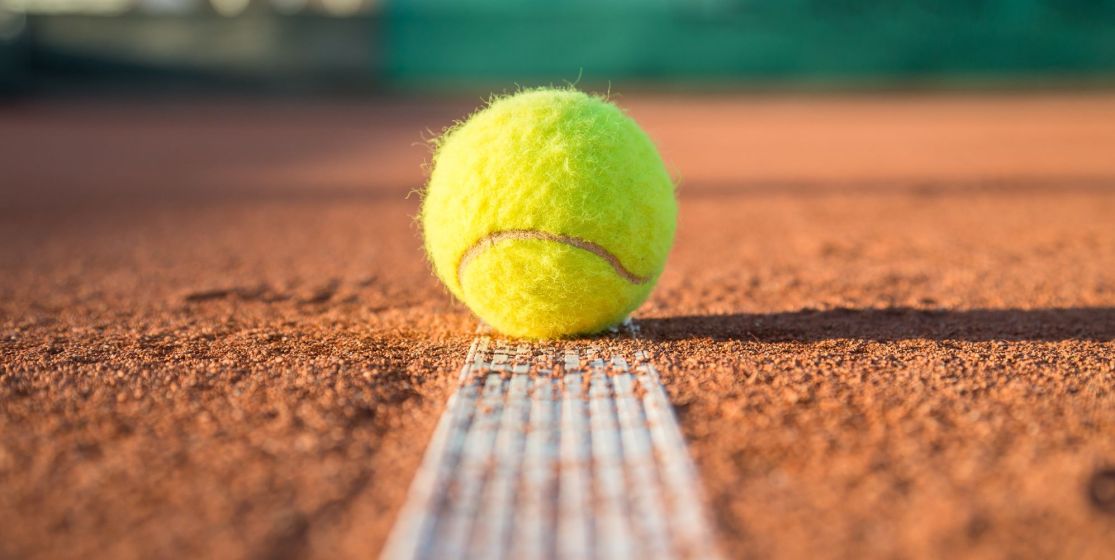Just like basketball players before a free throw, tennis players always bounce the ball before serving. A customary and trivial gesture perhaps, but one which has recently caused some reaction on tour. The reason:...
Just like basketball players before a free throw, tennis players always bounce the ball before serving. A customary and trivial gesture perhaps, but one which has recently caused some reaction on tour. The reason: Novak Djokovic's habit of repeating the gesture up to fifteen times before engaging. Question: is this really useful?
Yes, says Julien Varlet, former French professional tennis player and now a consultant for French TV channel Canal +. He gives two reasons for this: "We make the ball bounce to focus; it helps us to visualize the court, the enemy, to know where we will serve. It's like in handball, before a 7-meter throw. It’s a very short time, 10-15 seconds in service position, but it's crucial because it allows you to get into the game." The second reason is for the intermission: "It also helps to recover after a long rally. You should never go right to the next point without a little break, otherwise you lose all your lucidity. Besides, it’s often the problem among young players that they don't stop between two rallies and they lose track of the game because they don't take time to breathe." An observation with which Marie Gomez, sports psychologist, does not necessarily agree. "Technically, it may be useful,” argues the former athlete, but on a mental point of view, “but it only comes within the neuro-linguistic preparation. Young tennis players make it their own by seeing the champions do it and then it becomes a habit. It doesn't make you powerful, but it's reassuring." A habit thus initially not essential, but that the players made their own and which they now struggle to let go of. Novak Djokovic who tirelessly repeats this gesture before serving recently confessed in an interview on CBS: "My record of all time was in 2007 during the Davis Cup against Australia, I made the ball bounce 38 or 39 times. Sometimes I just can’t control my hand. It's automatic, I'm like a robot. It’s really incredible, I just can’t explain it." Marie Gomez can: "At this level, it becomes almost like Obsessive Compulsive Disorder. The player ritualises this gesture and can come to believe that if they don't do it, they won't win the game.""They don't dare to apply the rules to Nadal"Is Nolé nuts? Maybe, but for Julien Varlet this habit looks more like a psychological showdown with his enemy: "The world's best players like Nadal or Djokovic make the ball bounce 50 times and then it almost becomes like a game with the opponent, in order to upset him. It's true that some players, more than others, need this in order to focus, but I think players like Novak take advantage of it." However, taking an age before the service is not necessarily the norm. Conversely, some prefer to bounce the ball sparingly. The goal is always the same - to destabilize the opponent. "Andre Agassi took such a little time before serving that he was pushing his opponent to get into position to receive and it disoriented them. They barely had the time to get set and they were taking a big serve." Everyone, therefore, adapts his ritual and benefits as they wish to the 30 seconds provided by the ATP between the end of a rally and the beginning of another. The problem is, as so often in life, that there's a gap between the theory and the practice. Varlet: "30 seconds between points, it's the time for recovery. The timing of the ATP is good but the problem is that plenty of referees don’t comply with it. They comply when it's Adrian Mannarino, the 100th player in the rankings, but when it comes to Nadal or Djokovic, They don't dare to apply the rules." As in so many other sports, David takes the punishment and Goliath gets off scot-free. By Arthur Jeanne






